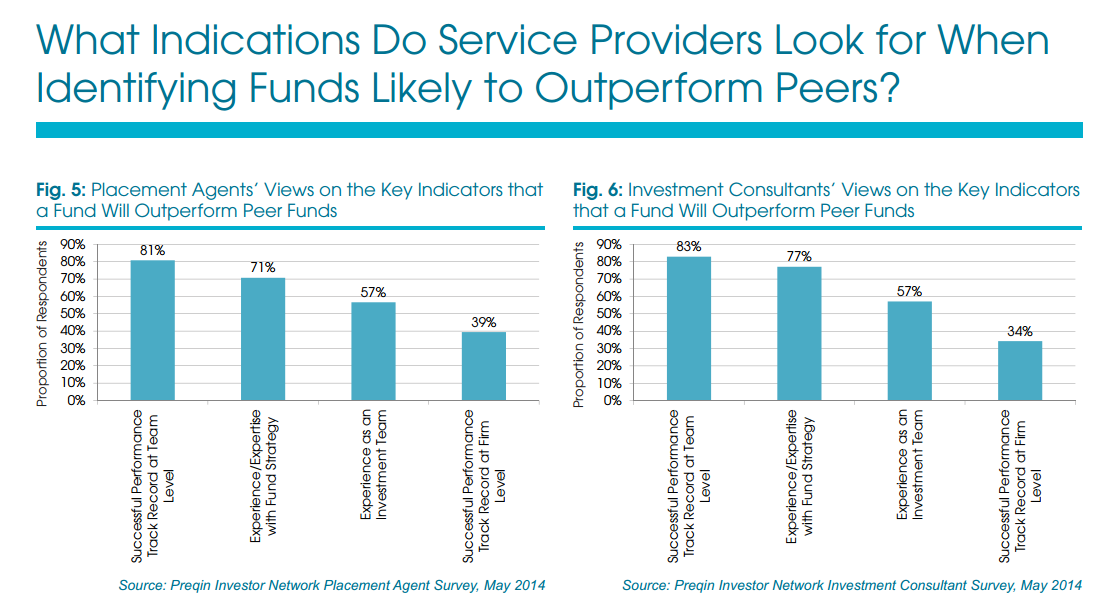Hedge Funds Performance Measurement
Post on: 4 Май, 2015 No Comment

If you read the description of most hedge fund investment objectives, there is usually some mention of absolute returns. It is this goal that makes hedge funds so attractive, particularly when markets are down. Unlike mutual funds, which constantly measure themselves against their appropriate benchmarks and comment on their performance versus their benchmarks, hedge funds promise – and are intended – to provide absolute returns regardless of market conditions. That being said, there are always market movements that affect hedge fund performance, either directly or indirectly (via the impact on their underlying investments).
In this section of the tutorial, we’ll introduce you to some basic performance measurement techniques for analyzing hedge funds. I cannot stress enough that this process and the due diligence process mentioned in a later section of this tutorial are not sufficient to justify an investment. The entire hedge fund evaluation process goes beyond the scope of this tutorial and encompasses a much deeper level of analysis than what we can cover here.
Absolute Returns
A hedge fund must be evaluated based on absolute returns, but those returns also need to be consistent with the fund’s strategy. There are funds that employ strategies that generate very consistent returns over time with limited volatility. An example of this type of fund is an asset-backed lending fund that makes loans and collects payments that are predictable and consistent over time. These funds can generate anywhere from 8-12% per year and are often used as a substitute for fixed income when fixed income is not attractive.
There are other fund strategies that should have similar returns and there are also strategies that should generate higher returns, albeit with much higher volatility. In either case, a hedge fund that describes its strategy as pursuing absolute returns should always have positive returns over 12-month periods, for example. Most hedge funds fall short of these expectations, but in a perfect world, absolute returns should be positive and consistent.
The Sharpe Ratio
One metric that is widely used in the hedge fund world is the Sharpe ratio. The Sharpe ratio measures the amount of return adjusted for each level of risk taken. It is calculated by subtracting the risk-free rate from annualized returns and dividing the result by the standard deviation of the returns. This metric can be applied across hedge funds with different levels of returns and volatility to determine whether the hedge fund is generating any alpha (excess return) by taking on additional risk. A good Sharpe ratio will vary by strategy and anything above 1 tends to be an attractive return. As with other measures, however, the following analyses should be conducted using Sharpe ratio as well as pure returns metrics. (For further reading, see Understanding The Sharpe Ratio and The Sharpe Ratio Can Oversimplify Risk .)
Benchmarks
A very common analysis, and one that is prevalent in the mutual fund world, is to analyze relative returns versus a benchmark. For example, a large-cap manager would be compared to the S&P 500 Index, and his or her performance would be evaluated based on the fund’s returns and standard deviation relative to the index. For hedge funds, the relative performance analysis is more challenging but not impossible.
There are a variety of hedge fund indexes that are broken down by strategy in addition to a few aggregate indexes that measure combinations of strategies. The following are those listed by Hedge Fund Research :
Hedge Fund Strategy Classifications














